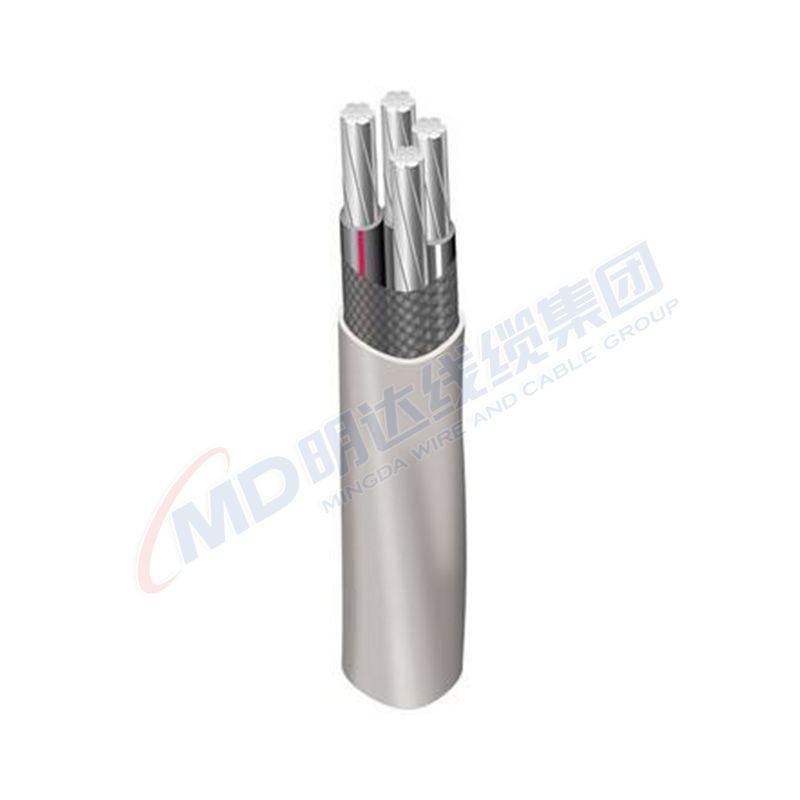Desemba . 12, 2024 10:24 Back to list
industrial ball valve
Understanding Industrial Ball Valves An Essential Component in Process Control
Ball valves are among the most widely used valves in industrial applications due to their versatility, durability, and ease of use. An industrial ball valve, characterized by its spherical disc (the ball) that controls flow, is integral in various sectors, including oil and gas, water treatment, chemical processing, and power generation. This article delves into the design, operation, advantages, and applications of industrial ball valves.
Design and Operation
The fundamental design of an industrial ball valve consists of a hollow, perforated ball that rotates within a valve body. The valve is typically operated through a handle or actuator, which rotates the ball to either allow fluid to pass (open position) or block it (closed position). The rotational motion provides a quick, quarter-turn operation, making ball valves exceptionally efficient for on-off control.
Industrial ball valves are available in various sizes, materials, and designs to withstand high pressures and temperatures. Common materials include stainless steel, brass, and PVC, each chosen based on the specific requirements of the process. For instance, stainless steel valves are ideal for corrosive environments due to their resistance to rust and corrosion.
Advantages of Industrial Ball Valves
2. Low Pressure Drop The spherical design offers a straight flow path, reducing turbulence and pressure loss across the valve, which is crucial in high-flow applications.
industrial ball valve

3. Durability Ball valves are built to last; they can handle mechanical wear and tear better than many other valve types, making them ideal for demanding industrial environments.
4. Versatility They can be used for various applications, including isolating and regulating flow in gases, liquids, and slurries.
5. Maintenance With a simple design and fewer moving parts, ball valves are easier to maintain compared to more complex valve systems.
Applications in Various Industries
Industrial ball valves find application in multiple sectors due to their robustness and reliability. In the oil and gas industry, they are used in pipelines to control the flow of hydrocarbons, ensuring safe and efficient transport. In water treatment facilities, ball valves regulate the distribution of water, allowing for precise control of water pressure and flow rates.
The chemical processing industry relies on ball valves to handle various chemicals, where their ability to withstand corrosive substances is paramount. Similarly, in power generation, ball valves manage steam and water flow in turbines and cooling systems, contributing to the overall efficiency of power plants.
Conclusion
In conclusion, industrial ball valves are a critical component in numerous industrial processes, providing essential control over fluid flow while ensuring durability and low maintenance. Their design simplicity, efficiency, and adaptability make them the go-to choice for engineers and operators alike. As industries continue to evolve and demand more reliable and efficient solutions, the role of industrial ball valves will undoubtedly remain prominent, ensuring the smooth operation of essential systems worldwide. Understanding their features and applications not only enhances operational efficiency but also ensures safety and reliability in fluid handling operations.
Share
-
Reliable Wafer Type Butterfly Valves for Every IndustryNewsJul.25,2025
-
Reliable Flow Control Begins with the Right Ball Check ValveNewsJul.25,2025
-
Precision Flow Control Starts with Quality ValvesNewsJul.25,2025
-
Industrial Flow Control ReliabilityNewsJul.25,2025
-
Engineered for Efficiency Gate Valves That Power Industrial PerformanceNewsJul.25,2025
-
Empowering Infrastructure Through Quality ManufacturingNewsJul.25,2025


